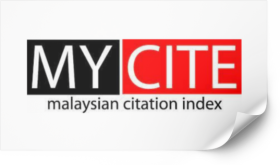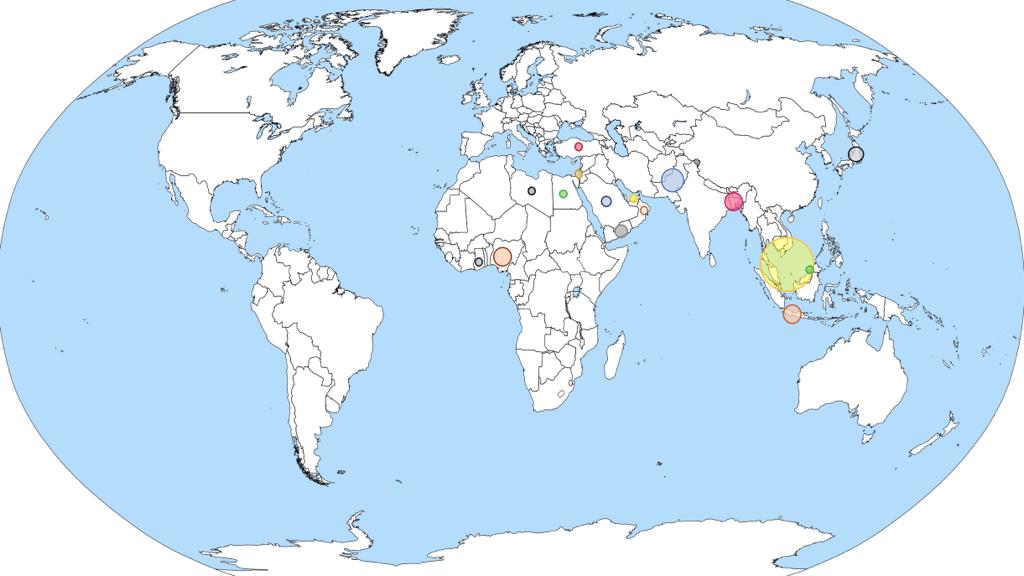Packaging That Tempts: How Design Elements Drive Junk Food Purchase Intentions among Malaysian Youth
DOI:
https://doi.org/10.37934/arbms.38.1.4258Keywords:
Packaging design element, purchase intention, junk food, packaging graphic, packaging material, packaging labelAbstract
This study aims to determine the impact of packaging design elements on the purchase intention of junk food among youth consumers at a public university. The study utilized a sample of 263 respondents aged 18 to 30, selected through convenience sampling. Data collection was conducted using structured questionnaires. Descriptive statistics, Pearson correlation analysis, and multiple linear regression were applied to analyze the relationships between packaging graphics, materials, labels, and purchase intentions. These findings underscore the importance of strategic packaging design in influencing youth purchase behavior. The study offers insights for marketers and policymakers to develop packaging strategies that cater to youth preferences, potentially fostering healthier dietary choices and enhancing market competitiveness. Future research is encouraged to explore the influence of cultural and social factors on consumer behavior to further enrich packaging design strategies.

















